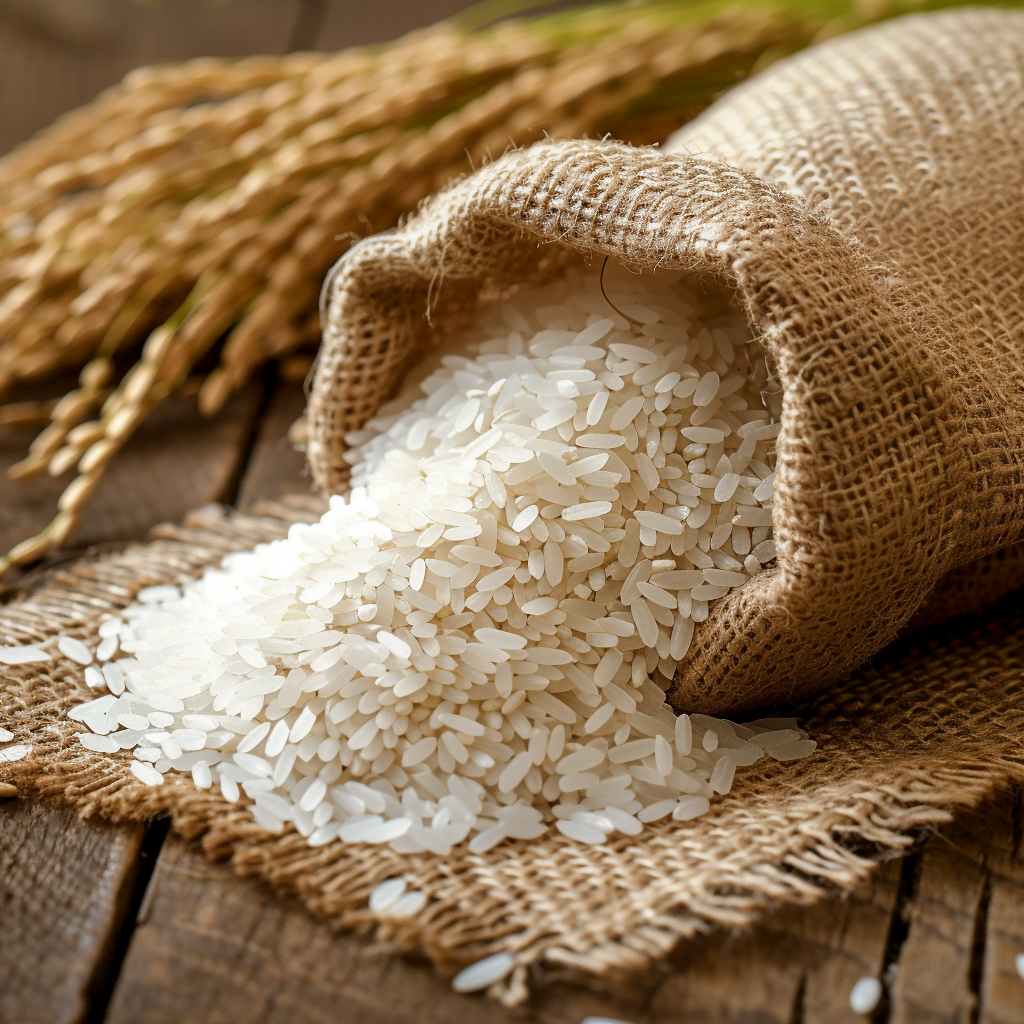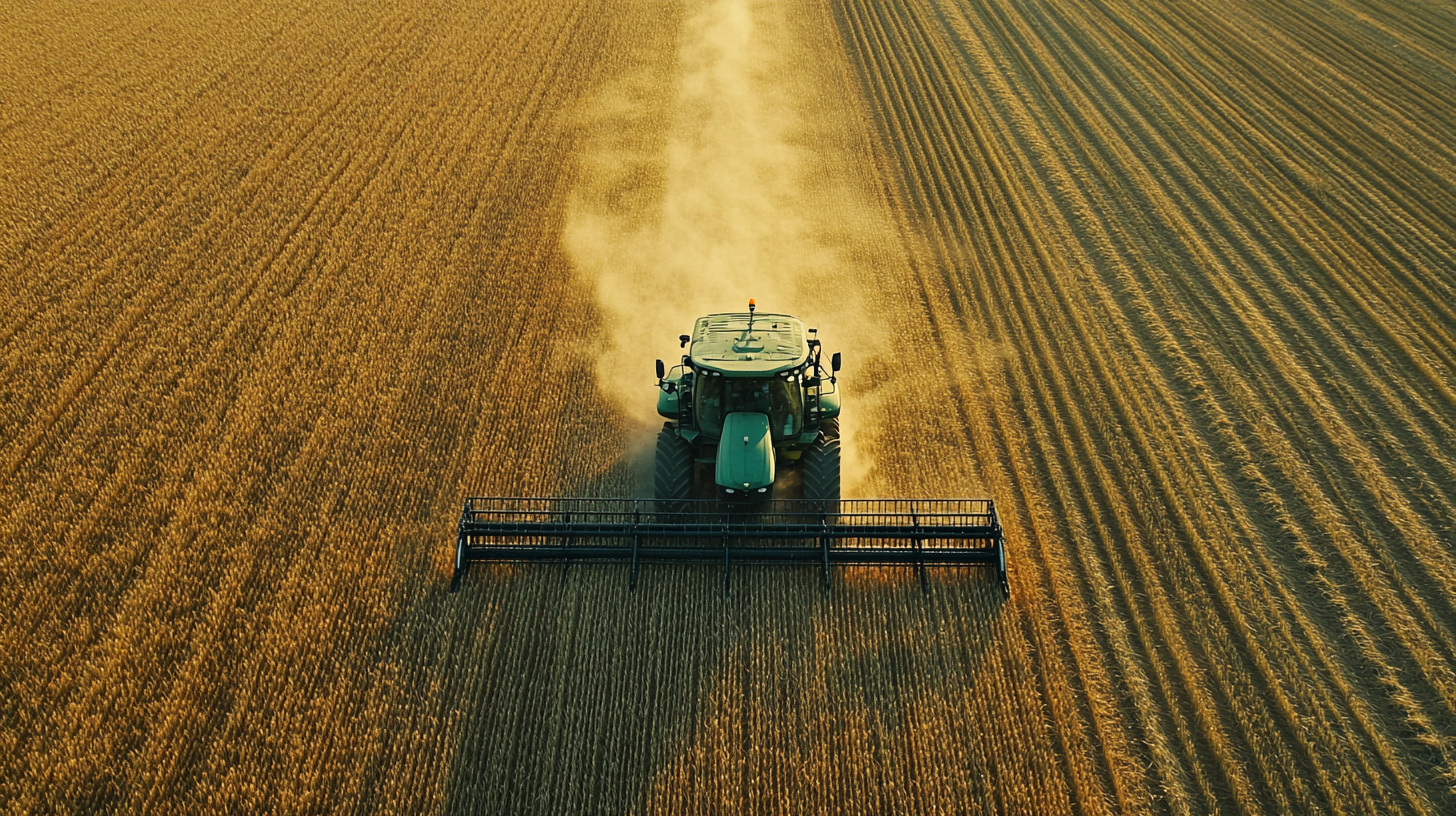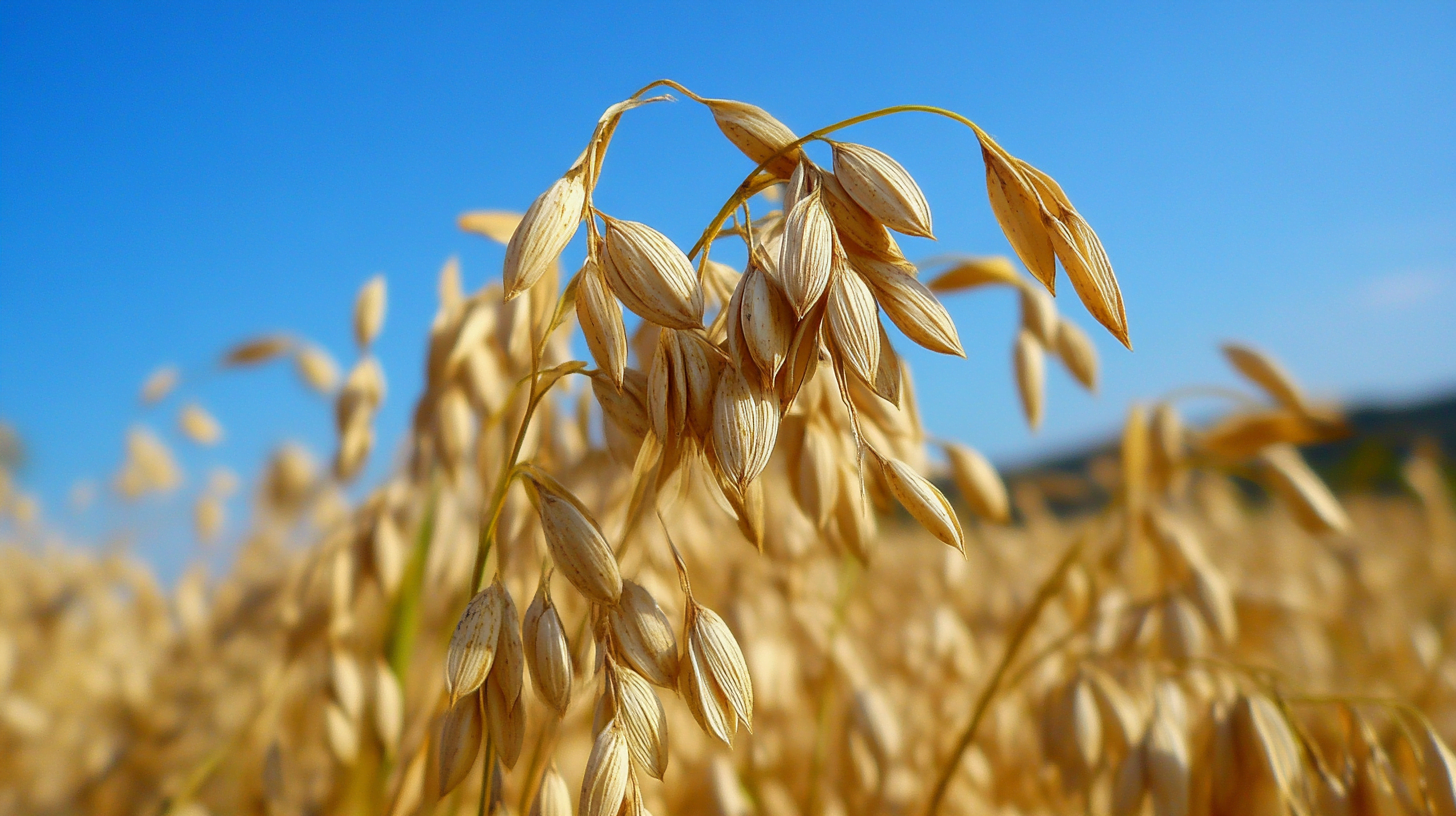Introduction
Rice is the most widely consumed staple food for a large part of the world’s human population, especially in Asia. Over 3.5 billion people depend on rice for at least 20% of their daily calories. With rice being such a vital crop, which country produces the most rice in the world?
China is the undisputed leader when it comes to global rice production. Accounting for 30% of total world output, China cultivates over 200 million tonnes of rice each year. No other country comes close to matching China’s massive annual rice harvests.
India follows behind China as the second largest rice producer, contributing around 20% of total global production. Rice has been cultivated in India for thousands of years and remains central to food security. Other major rice producers include Indonesia, Bangladesh, Vietnam, Thailand, Myanmar, the Philippines, and Brazil – although all trail far behind the top two.
So why does Asia dominate the list of top rice producing nations? The tropical climate, expanses of arable land, long history of rice cultivation, large rural workforces, and the central role of rice in Asian cuisines all contribute to high production levels. Government support programs for rice farmers are also a factor in the productivity of countries like China, India, and Indonesia.
This article takes an in-depth look at rice farming across the major production regions. You’ll discover key details on cultivation methods, agricultural innovations driving yields higher, environmental impacts, and what the future may hold for the global rice trade. Read on to learn fascinating facts about rice production worldwide and find out once and for all – which country produces the most rice?
China Dominates Global Rice Production
China produces over 30% of the global rice supply, cultivating rice extensively across its southern and eastern regions. With annual milled rice production of over 200 million tonnes, China far surpasses any other country.
Factors that contribute to China’s massive rice output include:
- Huge population to feed, with rice being a dietary staple
- Government programs supporting rice farmers
- Ideal warm and rainy climate in key rice growing regions
- Thousands of years of rice farming knowledge and tradition
- Continual improvements in rice varieties and farming techniques
Other major rice producing nations trail far behind China:
| Country | Annual Rice Production | % of Global Production |
|---|---|---|
| China | 212 million tonnes | 30% |
| India | 165 million tonnes | 23% |
| Indonesia | 81 million tonnes | 11% |
| Bangladesh | 52 million tonnes | 7% |
India: Rice at the Center of Food Security
As a country where rice has been cultivated for thousands of years, India unsurprisingly ranks second, producing over 20% of the world’s rice. Rice is a critical staple crop for food security in India.
With a massive population to feed and rice being a cultural dietary mainstay, India dedicates huge swathes of agricultural land to rice production. Leading rice producing states include West Bengal, Uttar Pradesh, and Punjab.
Southeast Asia: Core Rice Producers
The tropical climate and terrain of Southeast Asia lends itself well to rice cultivation. Countries like Indonesia, Vietnam, Thailand, Myanmar, and the Philippines are all major global rice producers.
As a region, Southeast Asia accounts for around 35% of worldwide rice production. Rice farming employs millions across the region, where rice is central to cuisine, economy, and rural livelihoods.
Governments place high importance on rice self-sufficiency and food security. The Association of Southeast Asian Nations (ASEAN) has an objective to coordinate rice policies and achieve collective self-sufficiency.
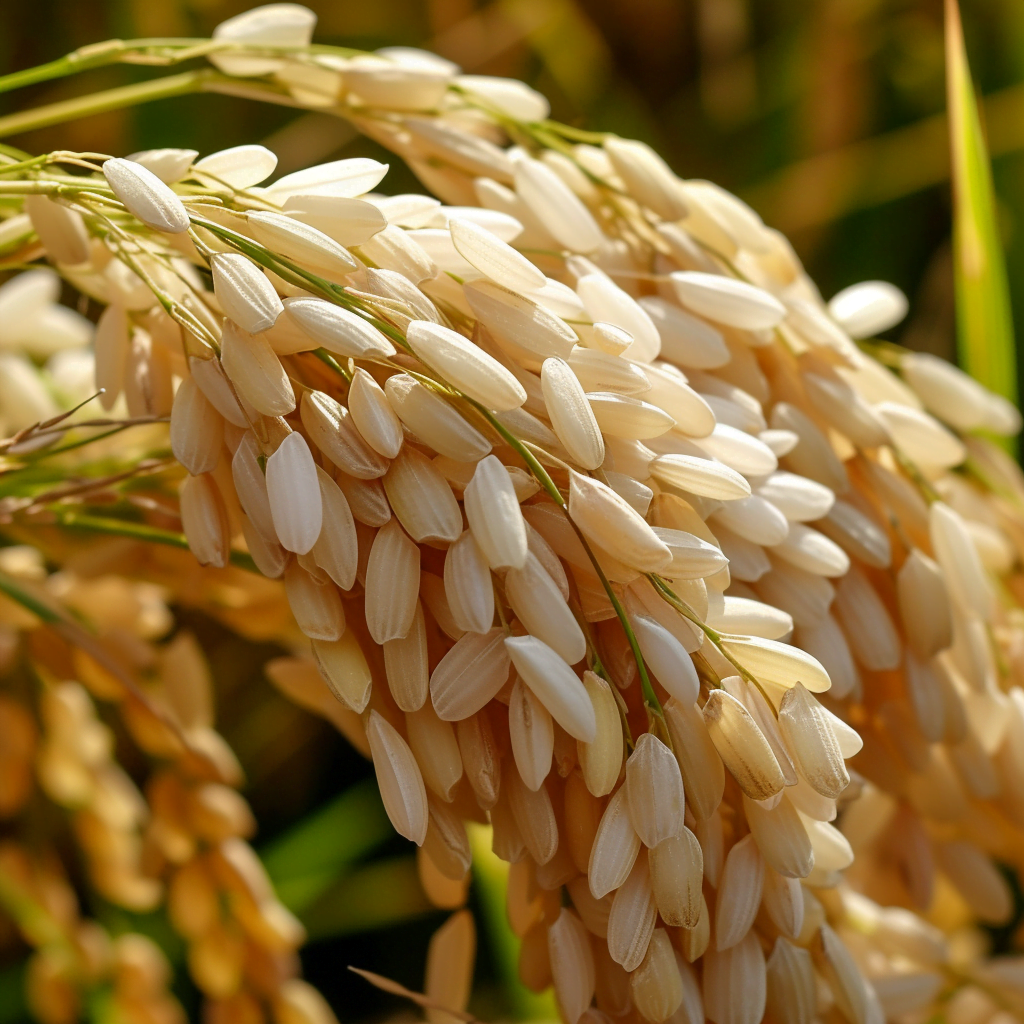
Agricultural Innovations Driving Rice Yields Ever Higher
While Asian countries have historically led rice production, rising demand has spurred innovations to increase yields globally. These include:
- High-yield varieties – Rice hybrids with superior yields, cultivated extensively since the 1960s Green Revolution.
- Farm mechanization – Reducing labor intensity through use of tractors and harvesting machines.
- Advanced irrigation – More precise water control through sprinkler and drip systems.
- Sustainable practices – Methods like System of Rice Intensification (SRI) can boost yields while using fewer resources.
With global rice demand projected to outpace supply in coming decades, further productivity improvements will be essential to meeting future food needs. But Asia, and especially undisputed leader China, will certainly continue to dominate worldwide rice production for the foreseeable future.
Major Rice Production Methods
Several key methods are used to cultivate rice across the major producing regions:
Irrigated Rice
- Most common method globally
- Rice paddies continuously flooded throughout season
- Allows precise water control
- Requires extensive irrigation systems (canals, dams)
- Dominant method across monsoon regions like southern India and Southeast Asia
Rainfed Rice
- Relies on natural rainfall rather than irrigation
- Common in upland areas unsuited to paddy irrigation
- Yields typically lower and more variable than irrigated rice
- Widely practiced in parts of India, Thailand, Brazil
Deepwater Rice
- Rice grown in flooded paddies with water up to 5 meters deep
- Found along major river deltas like the Mekong and Nile
- Special floating rice varieties developed for deepwater regions
- Farmers transplant rice as floodwaters gradually rise
Upland Rice
- Grown on dry (non-flooded) land in hills and mountains
- Labor-intensive manual plowing and planting
- Lower yields than irrigated lowland rice
- Important to livelihoods across upland areas of Asia
Environmental Impacts of Rice Farming
While vital for food security, rice production can have significant environmental impacts including:
- Methane emissions – Flooded rice paddies generate methane, a potent greenhouse gas
- Deforestation – Forests cleared for upland rice expansion in some regions
- Water intensive – Around 2500 liters of water needed to produce 1 kg of rice
- Pollution – Pesticide and fertilizer runoff degrading waterways
Sustainable practices are important for mitigating these impacts. Alternate wetting and drying of rice paddies can reduce methane and water usage over continuous flooding. Integrated pest management reduces chemical inputs.
Outlook for the Global Rice Trade
- Demand growth outpacing production expansion in some major Asian producers.
- Increasing reliance on imports from leading surplus producers like Thailand and Vietnam.
- African rice imports rising over 10% annually as production falls short of rapidly growing consumption.
- USA and Australia emerging as major rice exporters.
- Innovations in rice storage, milling and distribution critical to meet import demand.
Rice will undoubtedly remain one of the world’s most important staple crops. With over 90% of production concentrated across Asia, the top rice producing nations will continue playing a pivotal role in global food security.
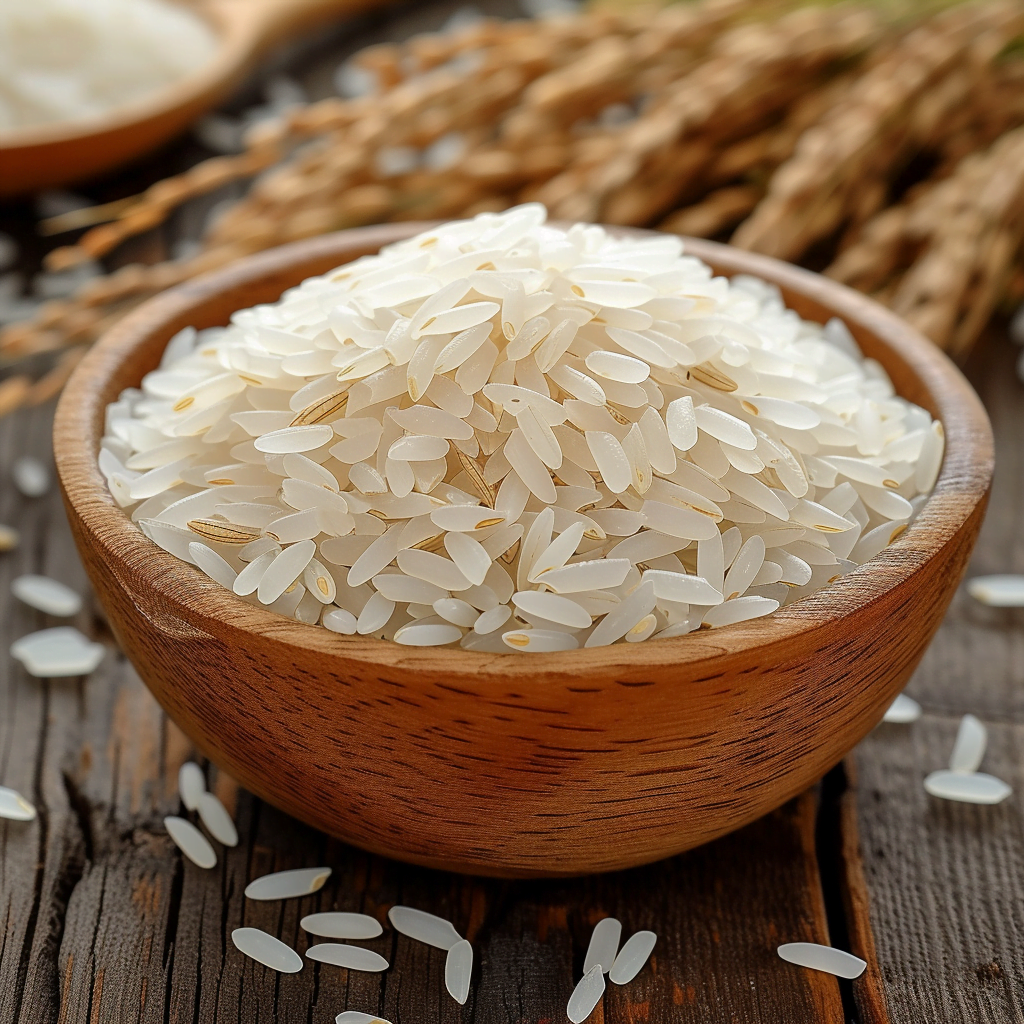
Rice Cultivation in China
With its vast expanses of highly productive rice lands, China dominates global rice production.
- Southern provinces like Hunan, Sichuan and Yunnan are major rice bowls.
- Double cropping allows two annual rice harvests in warm lowland regions.
- China accounts for over 35% of world’s total paddy rice land area.
- Intensive research improves rice varieties – over 60% of rice acreage sown with hybrids.
- Mechanization reducing drudgery of rice farming.
However, China’s rice yields per hectare still lag behind more advanced producers like Australia and the USA. Further modernization of farming practices could unlock major productivity gains.
India’s Rice Farming Challenges
Despite its massive annual harvests, India faces challenges in sustaining rice production.
- Extreme fragmentation – average farm under 2 hectares.
- Rainfall dependency in many regions leaves farmers vulnerable.
- Post-harvest losses up to 15% due to inadequate storage and transport.
- Much rice acreage degraded from over-intensive farming.
- Farm debt and an aging workforce hampering productivity.
Boosting yields on smaller landholdings while reducing environmental impacts will be key to India’s rice production outlook.
Rice’s Importance to Southeast Asian Diets
Rice is intertwined with the cuisine and culture across Southeast Asia.
- Rice-based dishes like Indonesia’s nasi goreng a dietary staple.
- Average per capita rice consumption highest in the world.
- Myanmar and Laos lead at over 200 kg per person annually.
- Vietnamese and Thai cuisines showcase rice’s amazing versatility.
- Specialty rices like Thai jasmine and Cambodian phka rumduol are prized globally.
With rice so integral to Southeast Asian food traditions, domestic production remains crucial to national food security.
Innovation in Rice Breeding
Advancements in rice breeding have allowed the development of higher yielding, more resilient varieties.
- Hybrid rice offers up to 30% yield boost over conventional varieties. Now grown extensively in China and India.
- New rice varieties for Africa better tolerate drought and blast disease. Could reduce reliance on imports.
- Salt tolerant rice allows farming in coastal areas and improves crop security.
- Flooding resistant rice survives extended inundation during monsoons.
Continued research and innovation in rice breeding will be essential to raise productivity and meet rising demand worldwide.
The Future of Global Rice Production
Rice has served as an essential staple crop for millennia across Asia and beyond. Today, the top rice producing countries are vital to supplying rice for billions worldwide.
China will likely continue its rice production dominance, with its vast paddies and continual improvements in varieties and farming techniques.
India faces challenges but is poised to maintain its massive production with rice so ingrained in its culture and food security needs.
Meanwhile, the major rice producers of Southeast Asia will continue supplying this staple while making advances in sustainability to reduce environmental impacts.
With global rice demand on the rise, increasing productivity across the major rice growing regions will be imperative to meet future food needs. This will depend on widespread dissemination of higher-yielding varieties, improved farming practices, continued mechanization and making rice farming an economically viable livelihood.
International trade in rice will also grow in importance, as rising consumption outpaces production in many regions. But whether domestically cultivated or imported from abroad, one thing is certain – rice will remain the indispensable grain at the heart of diets across Asia and around the world.
